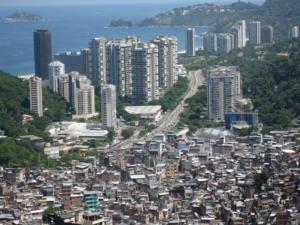 Brazil is incredibly diverse, comprising 26 states, more than 5,000 municipalities and 205.3 million people of diverse races, ethnicities and gender identities. Stark contrasts mark the nation. While it exudes cultural diversity, systemic discrimination and inequalities perpetuate intergenerational poverty in Brazil. According to the World Bank, as of 2021, 12.5 million Brazilians lived below the international poverty line. Against this backdrop, grassroots organizations have emerged as key agents of change. By focusing on community-driven solutions, these organizations are reshaping the pro-poor policies in Brazil and creating tangible improvements for its most vulnerable citizens.
Brazil is incredibly diverse, comprising 26 states, more than 5,000 municipalities and 205.3 million people of diverse races, ethnicities and gender identities. Stark contrasts mark the nation. While it exudes cultural diversity, systemic discrimination and inequalities perpetuate intergenerational poverty in Brazil. According to the World Bank, as of 2021, 12.5 million Brazilians lived below the international poverty line. Against this backdrop, grassroots organizations have emerged as key agents of change. By focusing on community-driven solutions, these organizations are reshaping the pro-poor policies in Brazil and creating tangible improvements for its most vulnerable citizens.
National Union for Popular Housing (UNMP): Housing Justice
Brazil faces a severe housing crisis, with a deficit of more than six million homes and 25 million Brazilians living in inadequate conditions. This includes overcrowding, limited access to water and insufficient sewage systems. The city of São Paulo alone has more than 400,000 families residing in precarious housing. The UNMP, founded in 1989, has become one of Brazil’s leading advocates for addressing poverty and its housing crisis. The organization currently has mobilized 350,000 members across 23 Brazilian states.
The UNMP combines action and negotiation, aiming to provide affordable housing for the most vulnerable in Brazil. The UNMP’s strategies include occupying buildings, shaping housing laws through policy advocacy and collaborating with the government to develop cooperative housing projects under programs such as My Home My Life (MCMV). One of the UNMP’s most notable achievements was including Article 183 in the 1988 constitution. It guaranteed that the social aspect of property would take precedence over profit-driven motives, thus enshrining the right to suitable housing as a human right under Brazilian law.
Pastoral da Criança (PDC): Tackling Child Malnutrition
Child health remains a critical issue in Brazil. Undernutrition, stunting and dental caries disproportionately affect Black and low-income children, whose stunting rates are approximately 11% higher than those of white children. The pandemic and economic crises have worsened these challenges as food insecurity reached 15% in 2022, reversing earlier reductions in poverty in Brazil. Poor-quality parental education, low income and inadequate housing have perpetuated the unfavorable conditions experienced by Brazilian children.
Founded by Dr. Zilda Arns Newman, the PDC is a Catholic social organization that seeks to improve this. It focuses on developing children below 6 years old, particularly those in vulnerable circumstances. Volunteers for the PDC visit homes to monitor child malnutrition, arranging Weigh Days to ensure that children develop steadily. They teach families how to properly nurture their children’s growth, demonstrating how to cook affordable yet nutritious meals.
They also inform mothers how to recognize and treat common illnesses in children. These efforts have significantly reduced infant mortality rates, helping Brazil meet a U.N. Millennium Development Goal ahead of schedule. Thus helping to shape pro-poor policies in Brazil. However, rising poverty and food insecurity threaten to undo this progress, underscoring the need for sustained grassroots intervention.
Marielle Franco Institute (IMF): Empowering
The brutal assassination of Marielle Franco (a Black, favela-born councilor and fearless human rights defender) in 2018 sent shockwaves throughout Brazil and became a galvanizing moment in the fight for social justice. Her legacy endures through the IMF, which has evolved into one of Brazil’s most vital organizations combating systemic oppression through three key pillars of action.
The Institute acts as a watchdog against police brutality against marginalized communities and advocates for climate justice, particularly for those living in the urban peripheries. The IMF offers programs and opportunities to marginalized groups that aid the development of their leadership skills and teach them how to exercise their political rights. This multifaceted approach demonstrates how the Institute goes beyond traditional activism, building an entire ecosystem for structural change.
Looking Forward
Grassroots initiatives such as the UNMP, Pastoral da Criança and the IMF exemplify how organized communities can influence pro-poor policies in Brazil. Their achievements illustrate that change is achievable when marginalized voices lead. Nevertheless, Brazil’s shifting poverty rates highlight the vulnerability of these advancements.
Ongoing progress necessitates grassroots activism and a steadfast commitment from the government toward equity. These movements demonstrate that the quest for justice is ongoing, but it is a struggle that can be won.
– Emilia Bartle
Emilia is based in Watford, UK and focuses on Good News and Politics for The Borgen Project.
Photo: Wikimedia Commons
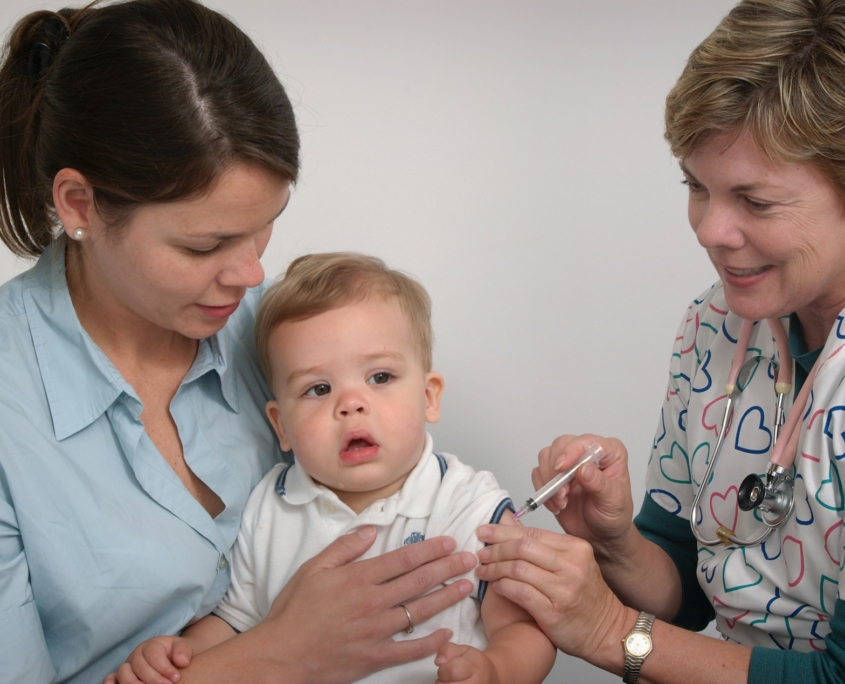 Spain has emerged as a global leader in protecting infants from
Spain has emerged as a global leader in protecting infants from 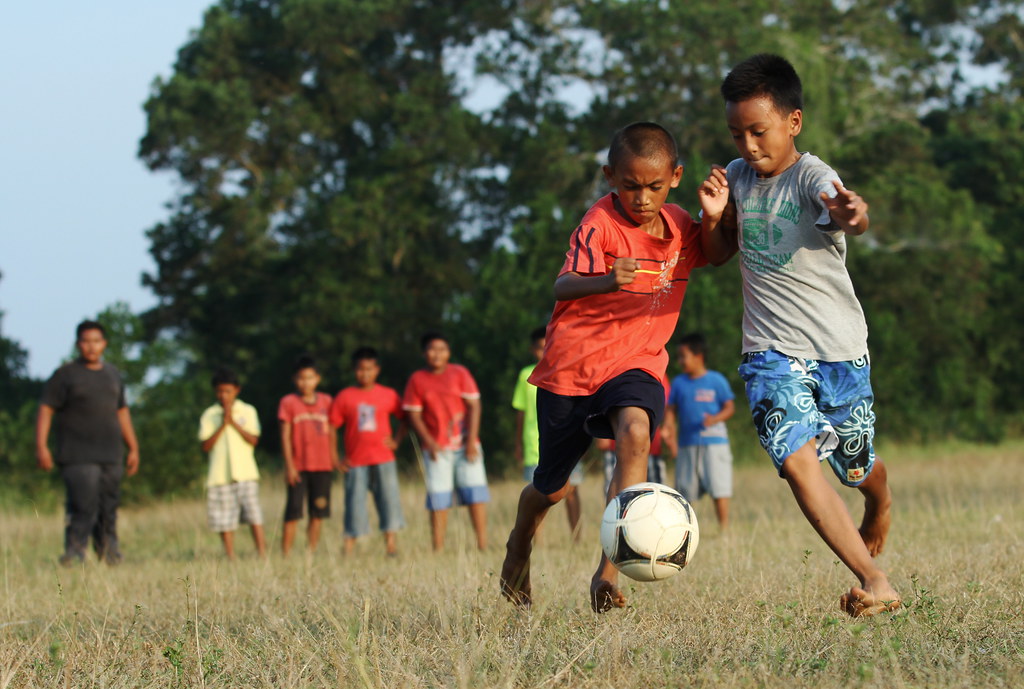 Malaysia, known for its bewitching terrain of rainforest, beaches and mountains, also struggles with its overwhelmingly increasing poverty. Since 2020, COVID-19 has worsened conditions for children living in extreme poverty.
Malaysia, known for its bewitching terrain of rainforest, beaches and mountains, also struggles with its overwhelmingly increasing poverty. Since 2020, COVID-19 has worsened conditions for children living in extreme poverty. 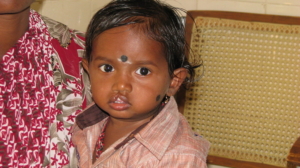
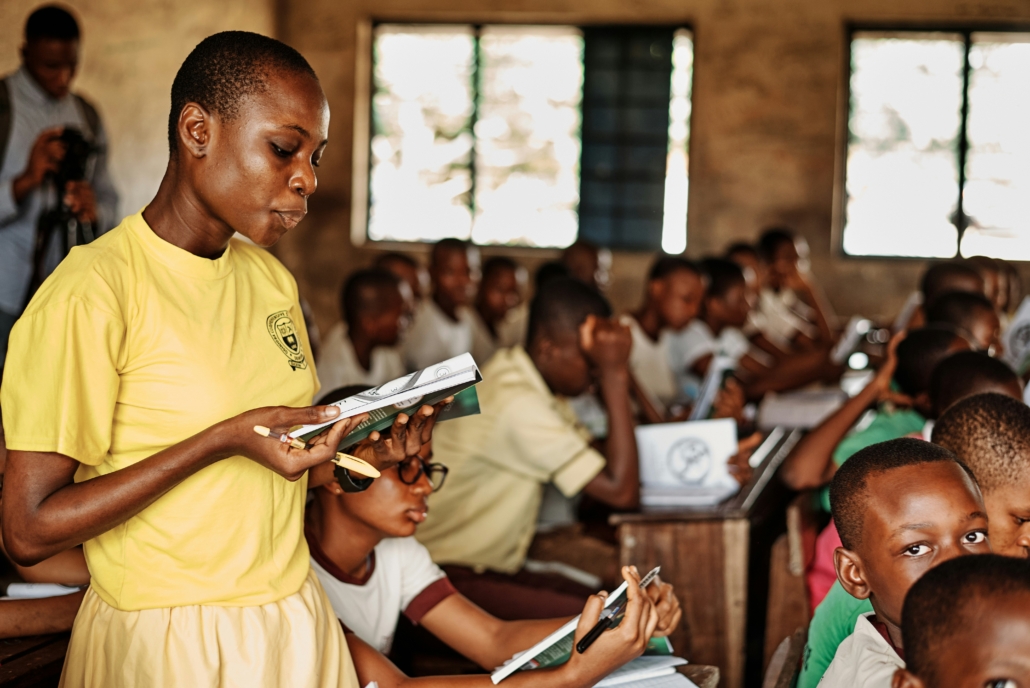 Often referred to
Often referred to 
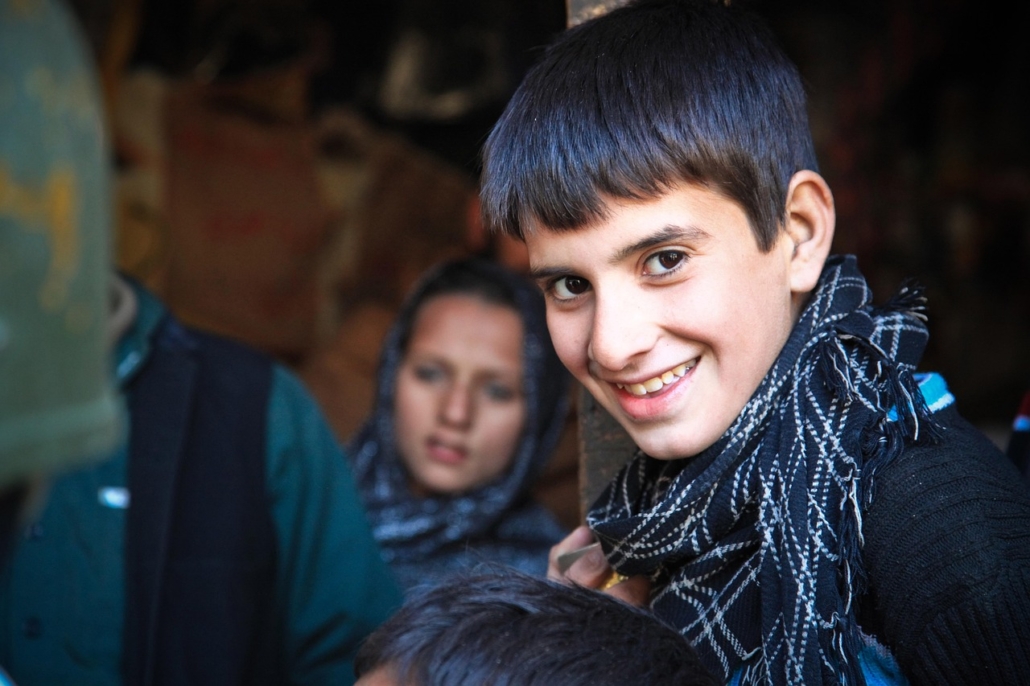

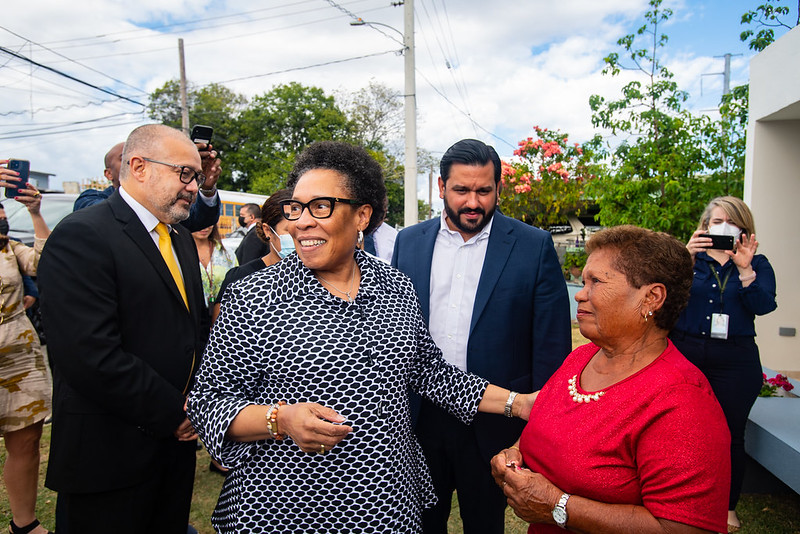
 According to Humanium, around 3.5 million children are affected by
According to Humanium, around 3.5 million children are affected by 